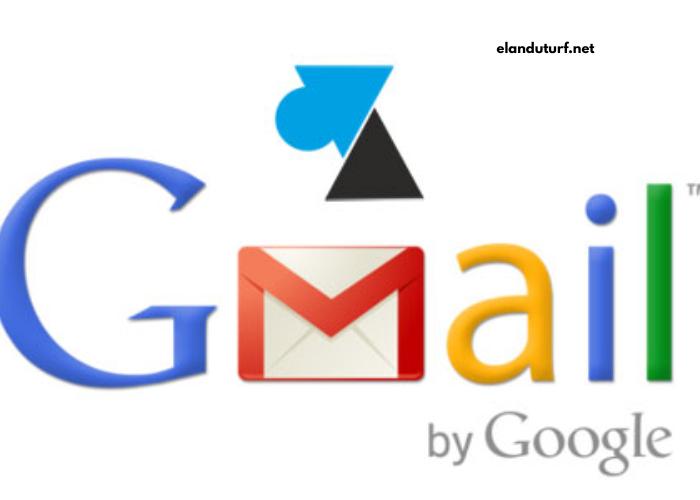In recent years, blockchain technology has emerged as a transformative force across various sectors, redefining traditional paradigms of security and trust. Originally conceptualized as the backbone of cryptocurrencies like Bitcoin, blockchain has evolved into a versatile technology with applications extending far beyond digital currencies. This article explores the breakthroughs in blockchain technology that are revolutionizing how we secure data, enhance transparency, and foster trust in digital interactions.
Understanding Blockchain Technology
At its core, blockchain is a distributed ledger technology (DLT) that enables secure and transparent record-keeping. It consists of a chain of blocks, each containing a list of transactions or data entries, cryptographically linked to one another. This structure ensures that once data is recorded on a blockchain, it cannot be altered or deleted without the consensus of the network participants.
Key Features of Blockchain
- Decentralization: Unlike traditional databases controlled by a single entity, blockchain operates on a decentralized network of nodes, which enhances security and reduces the risk of data manipulation.
- Immutability: The cryptographic nature of blockchain ensures that once data is added to the ledger, it is virtually impossible to change or erase, providing a high level of data integrity.
- Transparency: Transactions on a public blockchain are visible to all participants, fostering trust and accountability among users.
- Consensus Mechanisms: Blockchain employs various consensus algorithms (such as Proof of Work and Proof of Stake) to validate transactions and maintain the integrity of the network.
The Need for Enhanced Security and Trust
In today’s digital landscape, data breaches and cyber-attacks are rampant. Traditional security measures, such as centralized databases and passwords, are often inadequate to protect sensitive information. The increasing reliance on digital interactions necessitates a paradigm shift towards more robust security solutions. Blockchain technology addresses these challenges by providing a secure, transparent, and tamper-proof framework for data management.
Breakthroughs in Blockchain Security
Cryptography and Data Encryption
Blockchain employs advanced cryptographic techniques to secure data and ensure privacy. Each block in the chain is hashed, and the hash of the previous block is included in the current block, creating a secure link. This ensures that any attempt to alter a block would require changing all subsequent blocks, making tampering virtually impossible.
Additionally, blockchain supports the use of public and private keys for user authentication. Users possess a private key that allows them to sign transactions, while their public key serves as their digital identity on the network. This cryptographic framework significantly enhances security and user privacy.
Smart Contracts
Smart contracts are self-executing contracts with the terms of the agreement directly written into code. They automate processes and enforce rules without the need for intermediaries, reducing the risk of fraud and error. Smart contracts operate on blockchain, ensuring transparency and security in contractual agreements.
For example, in the insurance industry, smart contracts can automate claims processing. When predefined conditions are met, the smart contract executes the payment without human intervention, thereby enhancing trust between insurers and policyholders.
Distributed Identity Management
Identity theft is a significant concern in the digital age. Blockchain technology provides a decentralized solution for identity management, allowing users to control their personal information. Through blockchain, individuals can create and manage their digital identities securely, reducing the risk of data breaches associated with centralized databases.
With blockchain-based identity solutions, users can selectively share their information with service providers, enhancing privacy and trust. For instance, in the financial sector, blockchain can verify a customer’s identity without revealing sensitive personal data.
Enhanced Supply Chain Security
The supply chain industry has long grappled with issues of transparency and trust. Blockchain technology offers a solution by providing a tamper-proof record of every transaction in the supply chain. Each step in the product journey can be recorded on the blockchain, from raw material sourcing to manufacturing and distribution.
This transparency not only helps in verifying the authenticity of products but also reduces the risk of fraud and counterfeit goods. For example, luxury brands can leverage blockchain to prove the provenance of their products, enhancing consumer trust and brand integrity.
Breakthroughs in Trust through Blockchain
Decentralized Autonomous Organizations (DAOs)
DAOs represent a new model of organization that operates on blockchain. They are governed by smart contracts and allow stakeholders to participate in decision-making without a centralized authority. This structure enhances trust among participants, as decisions are made transparently and collectively.
For example, a DAO can be established for community funding, where members can propose projects and vote on funding allocations. This democratic approach fosters trust among participants, as all actions are recorded on the blockchain and visible to all.
Tokenization of Assets
Blockchain enables the tokenization of real-world assets, such as real estate, art, and commodities. By representing these assets as digital tokens on the blockchain, ownership becomes transparent and easily transferable. This breakthrough enhances trust in asset transactions, as the blockchain provides a verifiable record of ownership and transaction history.
Tokenization also lowers barriers to entry for investors, allowing fractional ownership of high-value assets. For instance, individuals can invest in a fraction of a property through tokenized shares, democratizing access to investments.
Peer-to-Peer Transactions
Blockchain facilitates peer-to-peer (P2P) transactions, removing the need for intermediaries in various industries. This not only reduces costs but also enhances trust between parties. Users can transact directly with one another, knowing that the blockchain secures the transaction and provides a verifiable record.
For instance, in the gig economy, blockchain can enable direct payments between service providers and clients, eliminating the need for third-party platforms that often charge high fees.
Transparent Voting Systems
Elections have long been plagued by concerns over security and transparency. Blockchain technology offers a solution by providing a secure and transparent voting system. Each vote can be recorded as a transaction on the blockchain, ensuring that it is immutable and verifiable.
This transparency can significantly enhance trust in electoral processes, as voters can verify that their votes were counted accurately. Countries like Estonia have already implemented blockchain-based voting systems, demonstrating the potential for this technology to redefine democratic processes.
Challenges and Limitations
While blockchain technology presents numerous breakthroughs in security and trust, it is not without its challenges. Some key limitations include:
- Scalability: As more transactions are added to the blockchain, scalability becomes a concern. Public blockchains like Bitcoin and Ethereum face limitations in transaction throughput, leading to slower processing times and higher fees.
- Energy Consumption: The consensus mechanisms used in blockchain, particularly Proof of Work, require significant computational power and energy. This has raised concerns about the environmental impact of blockchain networks.
- Regulatory Uncertainty: The regulatory landscape for blockchain and cryptocurrencies is still evolving. Governments are grappling with how to regulate this technology without stifling innovation.
- User Adoption: Despite its potential, blockchain technology is still in its infancy, and widespread adoption is needed to realize its benefits fully. User education and awareness are crucial to drive adoption across various sectors.
Future Prospects of Blockchain Technology
The future of blockchain technology holds immense promise. As organizations continue to explore its applications, several trends are likely to shape the evolution of blockchain:
- Integration with Artificial Intelligence (AI): The convergence of blockchain and AI can enhance decision-making processes, data analysis, and predictive analytics. AI can analyze vast amounts of data stored on blockchain, unlocking new insights and efficiencies.
- Interoperability of Blockchains: As different blockchain networks emerge, interoperability will become increasingly important. Solutions that enable seamless communication between blockchains can enhance collaboration and data sharing across industries.
- Regulatory Frameworks: As governments develop regulatory frameworks for blockchain and cryptocurrencies, clearer guidelines will foster innovation while ensuring consumer protection and security.
- Wider Adoption in Enterprises: Major corporations are beginning to recognize the potential of blockchain for supply chain management, finance, and customer relationship management. Increased adoption in enterprise settings will drive further advancements in the technology.
- Emergence of Central Bank Digital Currencies (CBDCs): Governments worldwide are exploring the development of CBDCs, which leverage blockchain technology to create digital versions of fiat currencies. This shift could redefine monetary systems and enhance financial inclusion.
Conclusion
Blockchain technology represents a significant breakthrough in redefining security and trust in our digital world. By providing a decentralized, immutable, and transparent framework for data management, blockchain addresses many challenges associated with traditional systems. As we continue to witness advancements in this technology, its potential to enhance security, foster trust, and revolutionize various industries is undeniable. The journey toward widespread adoption and integration of blockchain is just beginning, and the future holds exciting possibilities for organizations and individuals alike. Embracing this technology will pave the way for a more secure, transparent, and trustworthy digital landscape.




